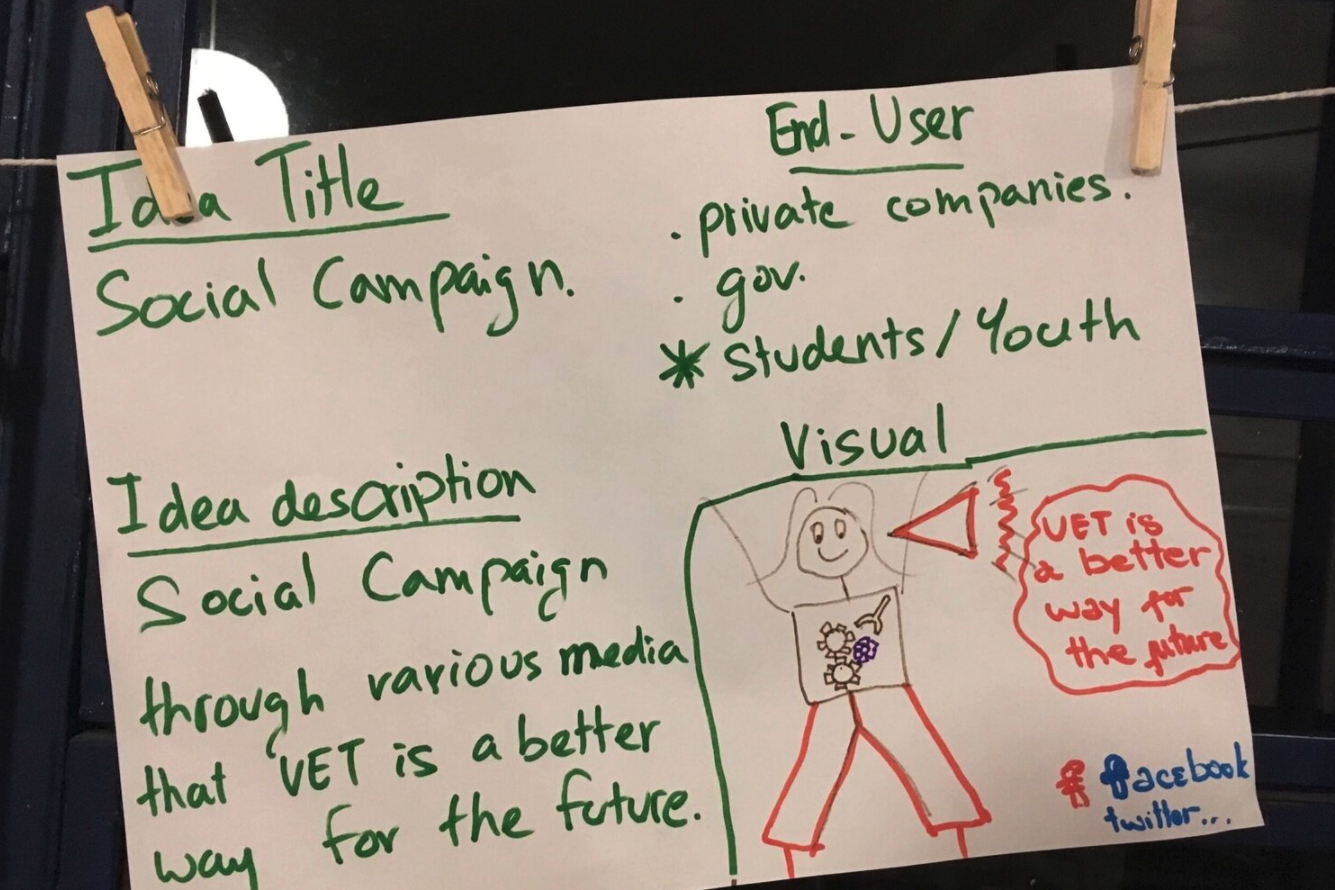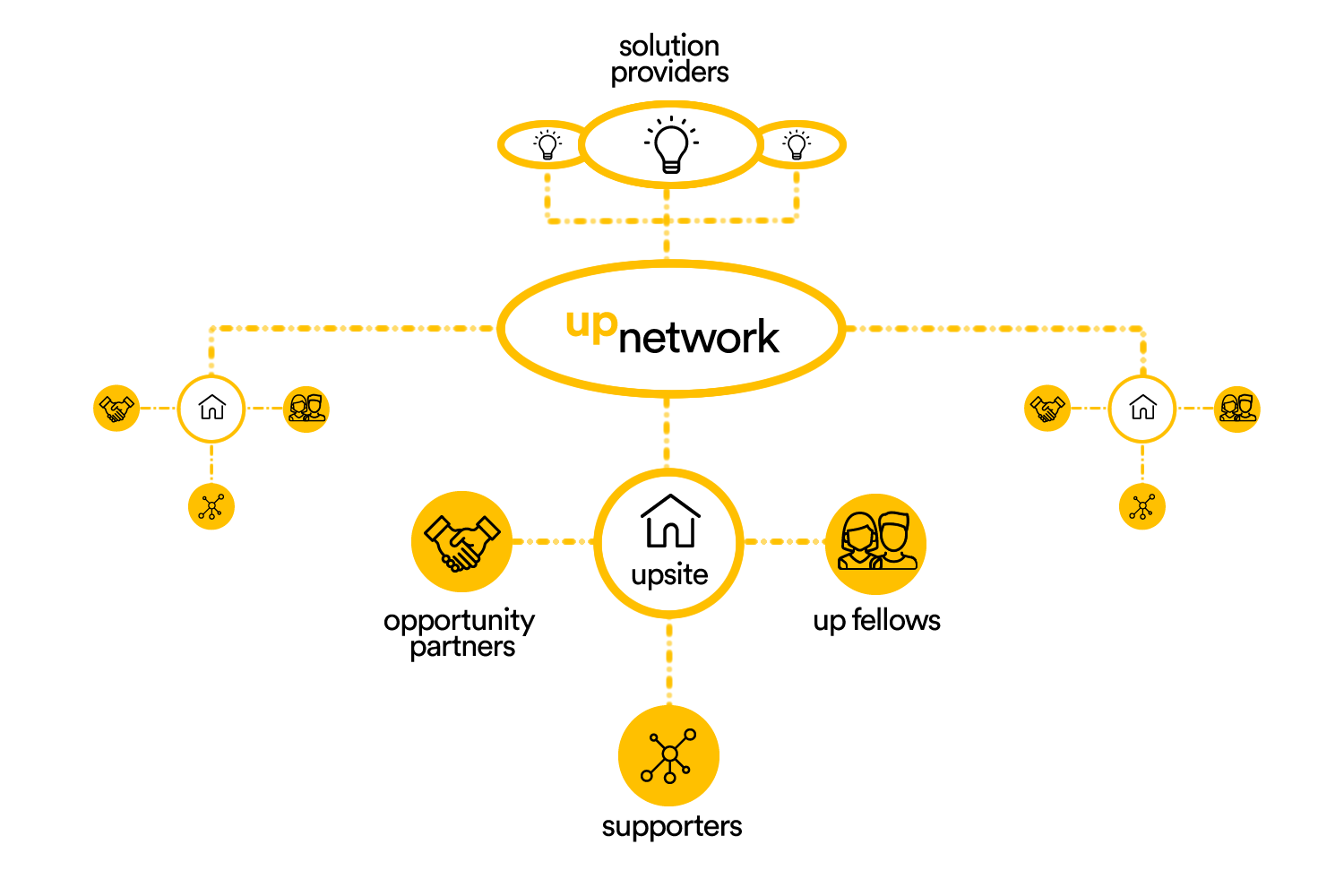Up Network
Up Network is a skills training and job matching program for unemployed youth, designed as part of the Do School’s Entrepreneurship for Good program and piloted in Duque de Caxias, a small town north of Rio de Janeiro. I worked with sixteen social entrepreneur-designers from around the world over ten weeks to research, prototype and pilot the program.
service design, participatory design, design for social innovation

Ambition
There were 71 million unemployed youth in 2016 globally and the number is rising (UN/ILO). Aiming to address this complex challenge, Berlin-based Westerwelle Foundation invited seventeen social entrepreneur-designers from around the world to the Mata Atlantica rainforest, north of Rio de Janeiro, in spring 2017. We were challenged to leverage our diverse skills and experiences towards devising innovative and practical ways to promote apprenticeships and vocational training in the emerging fields of sustainability to tackle youth unemployment.
Action
Over a ten-week design marathon we worked with subject-matter experts, government representatives and members of the local community in Duque de Caxias to understand the social, cultural, political and economic dynamics of youth unemployment. We researched, prototyped and tested design ideas focusing on education and awareness, corporate partnerships and skill training centers.
Outcome
Our final solution, Up Network, is a program that connects local youth and companies to provide vocational training and apprenticeship opportunities. This solution reflected our understanding that more important and useful than a new initiative was the meaningful connection of existing assets. The program envisions a world in which all youth are trained and employed in innovative market-driven skills to transform their communities.
Roles and skills
User research
Prototyping and testing
Facilitation
Graphic design
Branding
An introduction to the challenge and our collaborative design approach. Video by The Do School.
Context
The Entrepreneurship for Good program brought together seventeen social entrepreneur-designers from around the world to collaborate with the local community of Duque de Caxias, designing and testing ways to tackle the complex issue of youth unemployment.
Each work day started with a hike through the rainforest up to the ‘Casa do Sol’ or Sun Room where the majority of our collaborative design activities took place.
Research, ideation and prototyping
Design outcome
Solution Handoff
The design marathon culminated in a testing event where stakeholders were invited to learn about the program and share their feedback.
“If you talk about youth policy…the biggest challenge in our city is unemployment. In the government, we are trying to be a hub between the young people and the local companies. And that matches exactly with the work you are doing at Sinal do Vale.”
— Ana Leticia Sampaio, Municipal Government of Duque de Caxias
The Fellows presented their work at the end of the challenge phase at Rio’s Museum of Tomorrow
Photos by Rogerio van Kruger, Luisa Dielbold, Abigail Alabi Michael and Leyla Surkhayzade

























